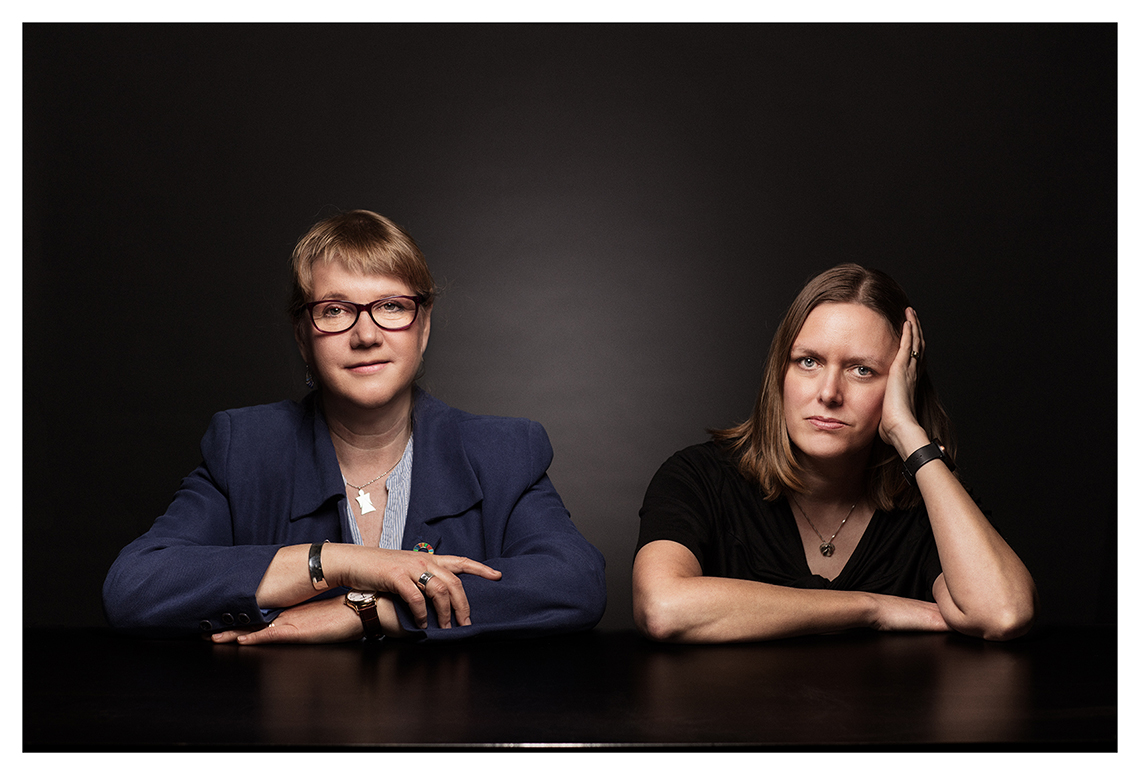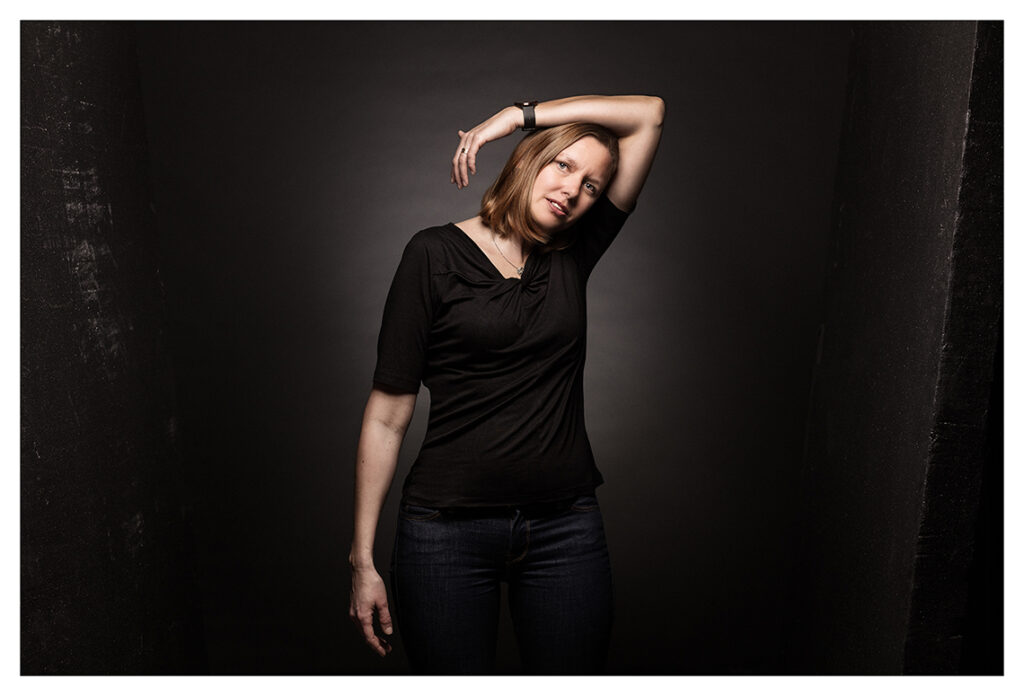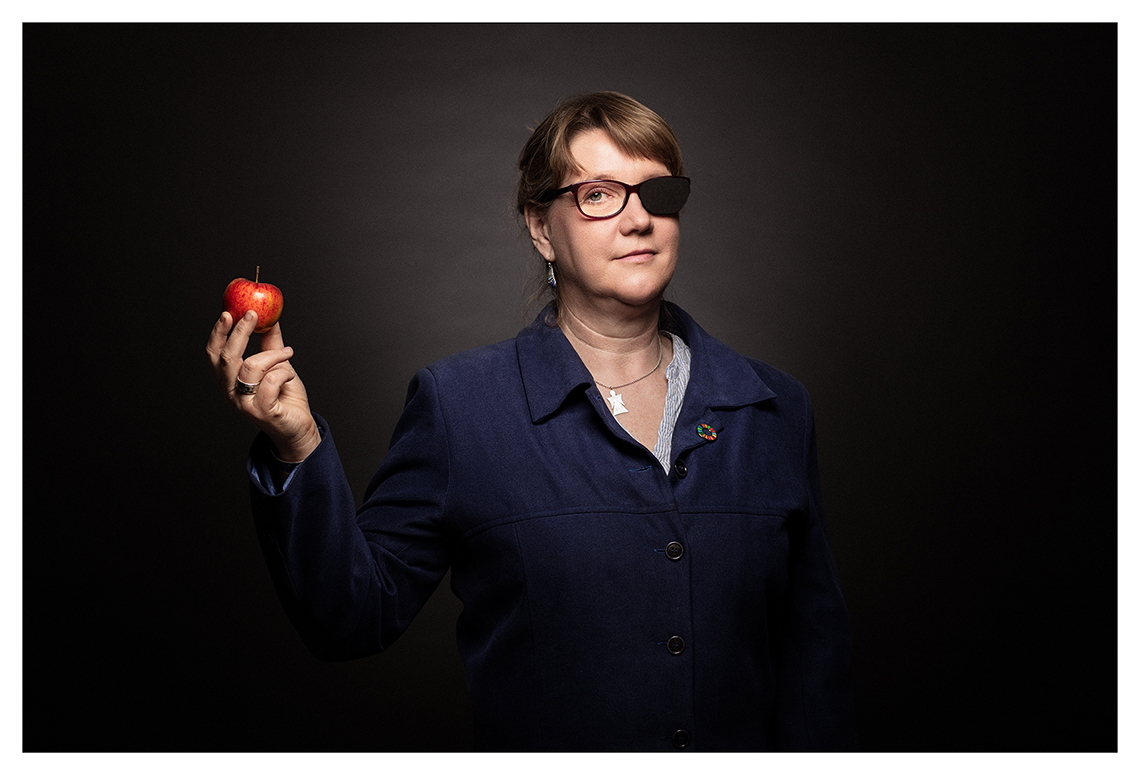AFRY

“One goal within AFRY is to integrate life cycle analysis with other environmental assessment tools to include the life cycle perspective in other environmental work. We work a lot with the global goals and circular economy strategies, for example.”
Miljögiraff met with Kristin Fransson and Anna Karin Jönbrink at AFRY in Gothenburg, at the Environment and Sustainability section, to talk about Life Cycle Analysis and SimaPro.
In what way does AFRY work with life cycle perspective and SimaPro?
The life cycle perspective is well established within AFRY Environment, where especially Anna Karin and Kristin’s section, Sustainability West, works extensively with life cycle analysis. Among other things, they use life cycle analysis to ensure that AFRY’s solutions genuinely lead to sustainability. The goal is to continue spreading the life cycle perspective throughout AFRY to anchor it in departments other than those specializing in life cycle analysis.
SimaPro is primarily used by AFRY to conduct life cycle analyses and environmental product declarations. However, it is also used in other environmental work with clients, such as more general screenings with generic data. SimaPro is used at various levels, from general analyses to detailed full life cycle analyses.
What is the most important aspect of working with the life cycle perspective?
We find that clients have a significant interest in being able to showcase their environmental performance in their marketing. In this case, it’s important to explain the prerequisites to them and show that a life cycle analysis according to standards is needed to market themselves correctly. It’s most exciting to work with clients who want to develop new products or clients who want to improve their product to become the best.
Anna Karin: It’s also crucial to get the client to consider how they will use the results from a life cycle analysis, and avoid the client wanting to do an analysis just to have a report. One goal within AFRY is to integrate life cycle analysis with other environmental assessment tools to include the life cycle perspective in other environmental work. We work a lot with the global goals and circular economy strategies, for example. In strategic environmental work at companies, having conducted a life cycle analysis is often a significant advantage to base decisions about potential changes in product or process on quantitative data.
Has the use of SimaPro advanced environmental issues? In what way?
SimaPro is used as a tool in life cycle projects. There is collaboration between different AFRY offices both in Sweden and internationally in many projects. The Sustainability West section can be involved in a project to advance the work with environmental issues by contributing a life cycle perspective and conducting a life cycle analysis using SimaPro.
Kristin says the best thing about SimaPro is that you can trace all processes back quite far. In SimaPro, it is also easy to delve into methods to find information about characterization factors and to modify methods and datasets.
What has been the biggest challenges working from a life cycle perspective?
“It’s a difficult question,” says Kristin. Sometimes, it can be challenging to explain the mindset behind life cycle analysis, with its different phases, for example. Getting clients to identify opportunities where they can influence various phases of the life cycle can also be a challenge, for instance, companies may sometimes struggle to understand how they can make an impact during the usage phase. But it varies from company to company. A company we are currently working with is very focused on the usage phase and how their components contribute to reducing impact. Initially, their project was based on arguing for economic savings, but then they discovered there should be a way to reduce environmental impact, and that’s when the LCA project was initiated.
Do you have any tips for others that could help them get started or further develop their work with the life cycle perspective and the SimaPro tool?

Kristin highlights the challenge of conveying the life cycle analysis mindset, with its various phases, to clients. Engaging clients to see opportunities to impact different life cycle phases can be difficult, particularly in how they can influence the user phase. This varies from company to company. One company they are currently working with is very focused on the user phase and how their components contribute to reduced environmental impact. Initially, their project was based on arguing for economic savings, but then they realized the potential for reducing environmental impact, which led to the start of the LCA project.
Kristin emphasizes the value of having colleagues with expertise in different technical areas for discussion and learning. This facilitates data collection, idea generation for improvements, and sharing tips and experiences. For example, one colleague may be well-versed in the construction industry, while another has experience in pulp and paper, providing valuable knowledge in those fields. This cross-expertise greatly benefits various projects.
Internally, they have compiled a list of tips and tricks in SimaPro, which has proven very useful. This list includes information on different functions in SimaPro, such as “show as list,” using parameters at the project level, and remembering to set a default method.
For modeling in SimaPro, having an LCA colleague review the model to ensure accuracy is beneficial.

Facts:
Kristin Fransson and Anna Karin Jönbrink work at AFRY in Gothenburg, in the Environment and Sustainability section. AFRY is a global engineering consultancy company with approximately 17,000 employees globally (as of 2019) and offices in 40 countries.
Contact: